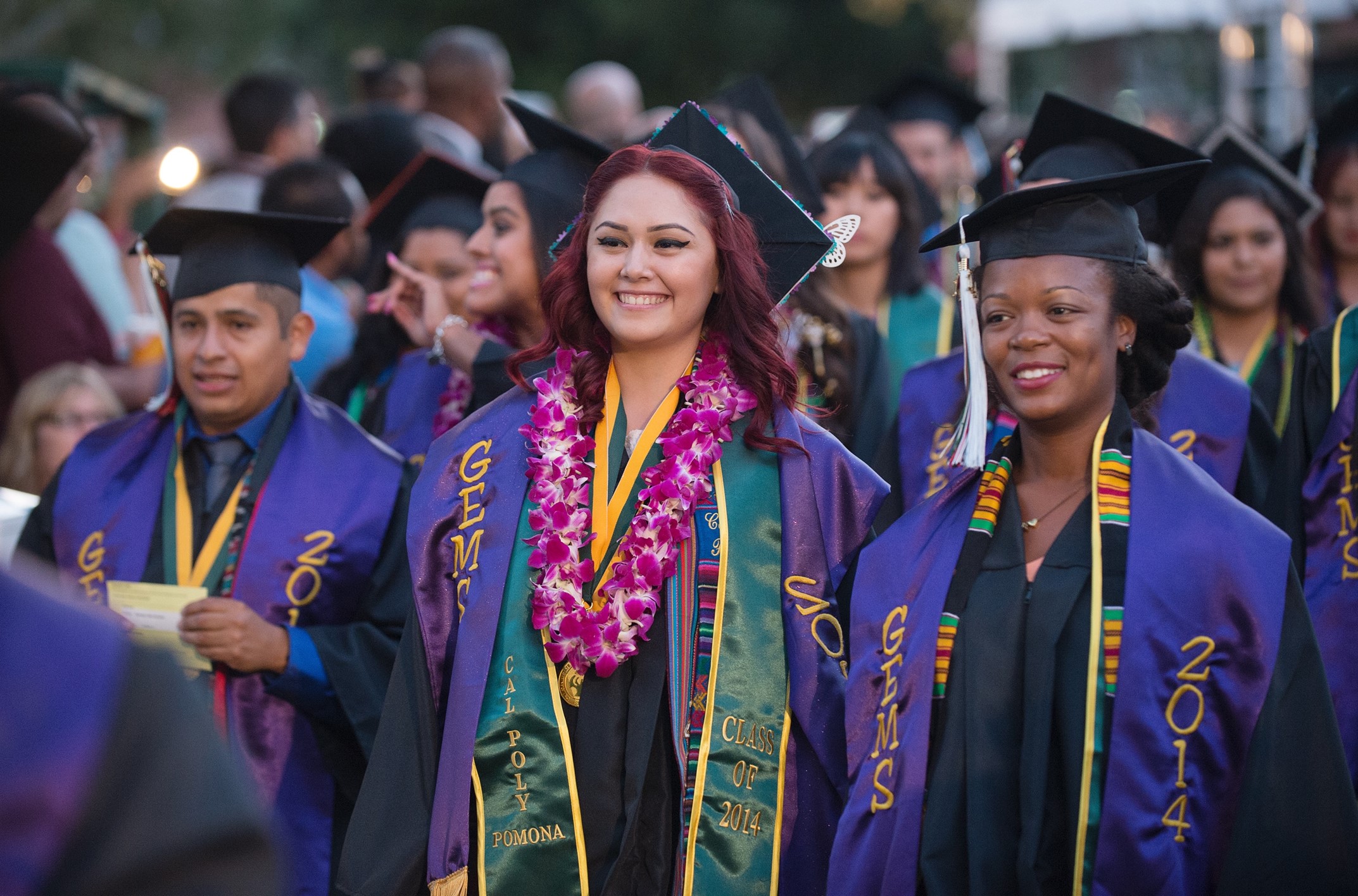Program Information

Vision
The Ethnic and Women's Studies Department will be recognized regionally and nationally for its unique approach, programmatically and institutionally, to the integration of critical race, ethnic, gender and multicultural studies. Our graduates will be distinguished for their intellectual curiosity and critical thinking, their openness to new ideas and diverse peoples, their justice-oriented and compassionate sensibilities, and their dynamic leadership in working to create a more just and humane world.
Mission
As a diverse community of teacher-scholars and staff, we are dedicated to advocating for and advancing knowledge about ethnic/racial, gendered and other underrepresented groups in society, including the processes by which groups are constituted and transformed over time. We prepare students to manage, nurture, advocate for, and shape an open democratic society/world, where diversity is valued, inter-group relationships are promoted, and social justice principles are embodied. We achieve this mission through:
- Critical pedagogy and student-centered classrooms
- Dynamic and relevant interdisciplinary curriculum, inclusive of global perspectives
- Common intellectual experiences
- Intense advising and mentoring of students
- Service and community-based learning
- Collaborative assignments and projects
- Writing-intensive courses
- Undergraduate research
- Senior Capstone Projects with annual GEMS Symposium presentations.

Student Learning Outcomes
Knowledge
Learning Outcome #1 – Students will be able to demonstrate and apply the basic concepts, theories and methods in gender, ethnic and multicultural studies.
Objectives:
- Define and explain foundational concepts in gender, ethnic and multicultural studies (such as race, ethnicity, gender, sex, class, identity, minority/subordinate group, prejudice, stereotype, discrimination, oppression, power, privilege, androgyny, and ethnocentrism).
- Define and apply basic methods in gender, ethnic and multicultural studies, such as quantitative and qualitative methods, action research, and community-based participatory research.
- Utilize multidisciplinary/interdisciplinary perspectives to analyze the experience and status of racial, ethnic, class and gender groups in U.S. society.
Learning Objective #2 – Students will be able to demonstrate an understanding of the contributions of ethnic, racial and gendered groups to U.S. society.
Objectives:
- Identify and explain the various civil/ethnic/women’s movements, as well as the aims and strategies of their leadership and contributions to society as a whole.
- Identify and analyze the contributions of women and individuals from diverse ethnic/racial/cultural groups to the arts, humanities and popular culture in the U.S
- Identify inter and intra ethnic/racial/gender relations, coalitions, and collaborative civic engagement.
Learning Objective #3 - Students will be able to demonstrate a critical understanding of ethnic, racial, gender, and class intersections and relations from a global perspective.
Objectives:
- Critically apply GEMS foundational concepts and theories to the study of national and other social formations across the globe.
- Identify and explain concepts such as diaspora, immigration/emigration, nomadism, exile, nationalism, culture contact, transnationalism, hybridity, and globalization.
- Analyze and explain the impact of globalization and transnational flows in goods, ideas, media images, people, and finance on the development and experience of social groups identified by race, ethnicity, class, religion, nation, and gender.
Skills
Learning Objective #4 - Students will be able to demonstrate critical thinking and problem-solving skills, e.g. the ability to think clearly and logically, to analyze and interpret information, to evaluate ideas, to draw inferences through reasoning in a variety of contexts, and to formulate ways of solving problems creatively and effectively.
Objectives:
- Identify assumptions, worldviews, and social positions in questions, texts, movies, arguments, graphics etc. in the historical/cultural contexts in which they are situated.
- Identify and articulate problems, compare alternative points of view and experiences, and use GEMS foundational concepts and principles to analyze and evaluate problems.
- Generate a variety of alternative solutions to problems, identify possible consequences of each action, and propose solutions and on-going assessment strategies for an eventual solution.
Learning Objective #5 – Students will be able to demonstrate communication and interpersonal skills, including both the ability to apply verbal, written, visual, and listening skills to effectively communicate with diverse audiences, and the ability to work with others to achieve common goals.
Objectives:
- Organize, evaluate, and incorporate material for written assignments and oral presentations.
- Deliver effective oral presentations, with use of technology where appropriate, demonstrating sensitivity to content and style that are related to culture, ethnicity, race, social class, gender, etc., and an awareness of the ethics and politics of communication.
- Express written ideas coherently and thoughtfully in Standard American English, making effective connections between ideas, and where appropriate, citing and integrating relevant, valid sources into the text.
Learning Objective #6 - Students will be able to demonstrate 21st Century literacies to locate, evaluate, use, communicate, and produce knowledge.
Objectives:
- Formulate research questions and the scope of information needed to answer questions.
- Identify extensive information sources in numerous formats (library, worldwide web, interviews, oral histories etc.) and use information ethically and legally.
- Synthesize, integrate, and evaluate information effectively and use it to accomplish a specific purpose.
- Communicate knowledge using a variety of tools, including technology, visual media, and written word.